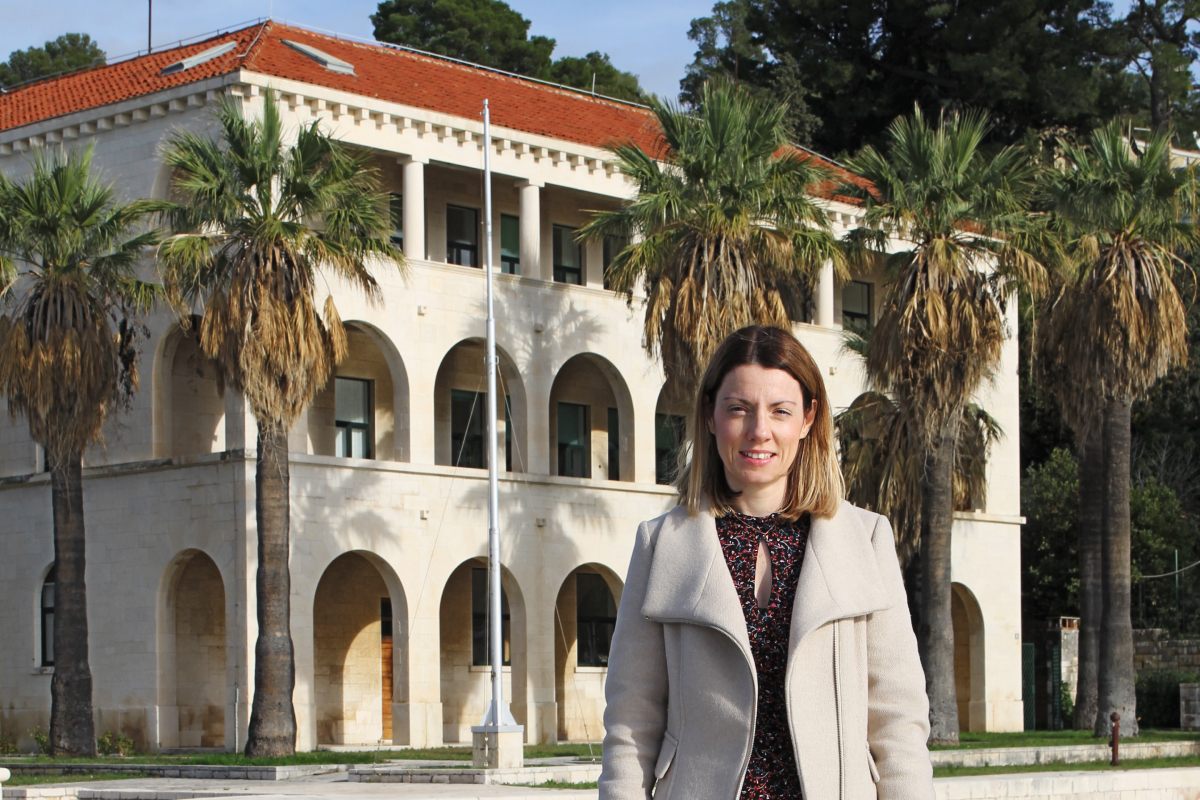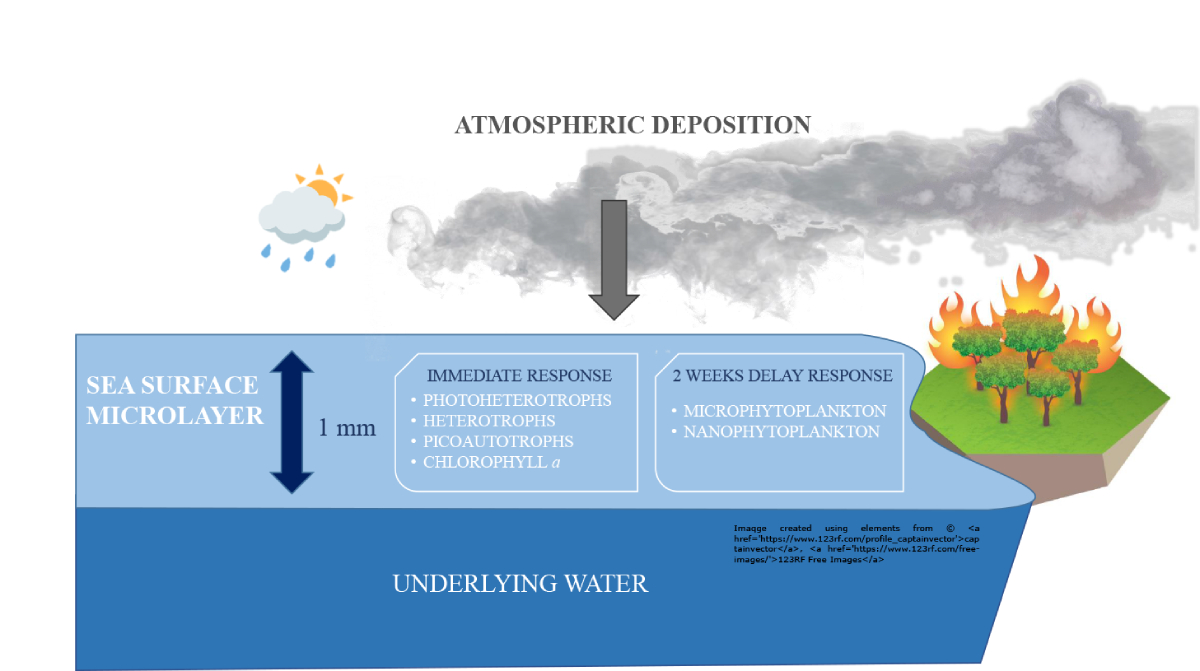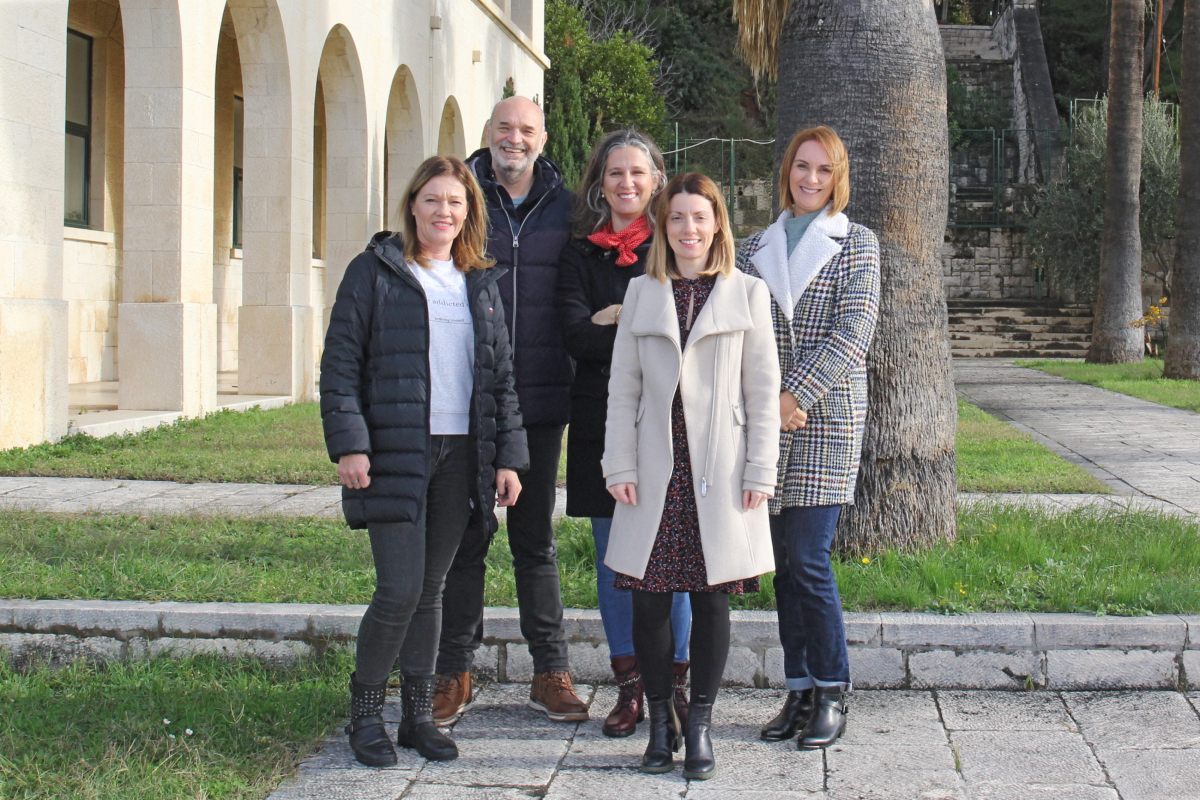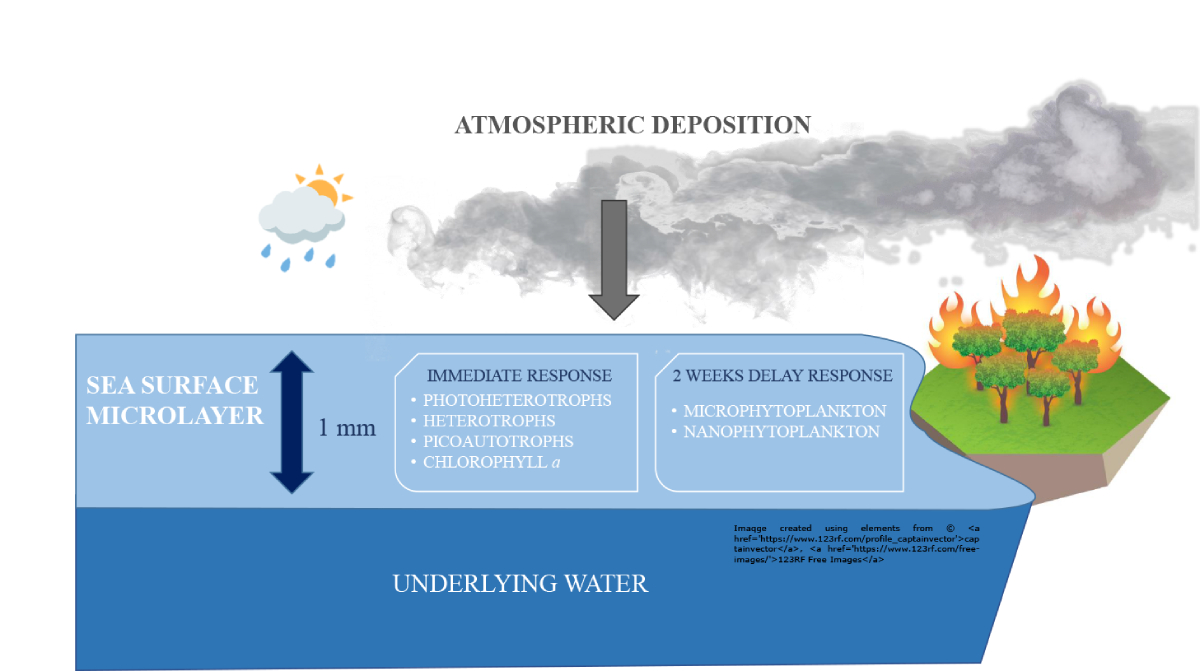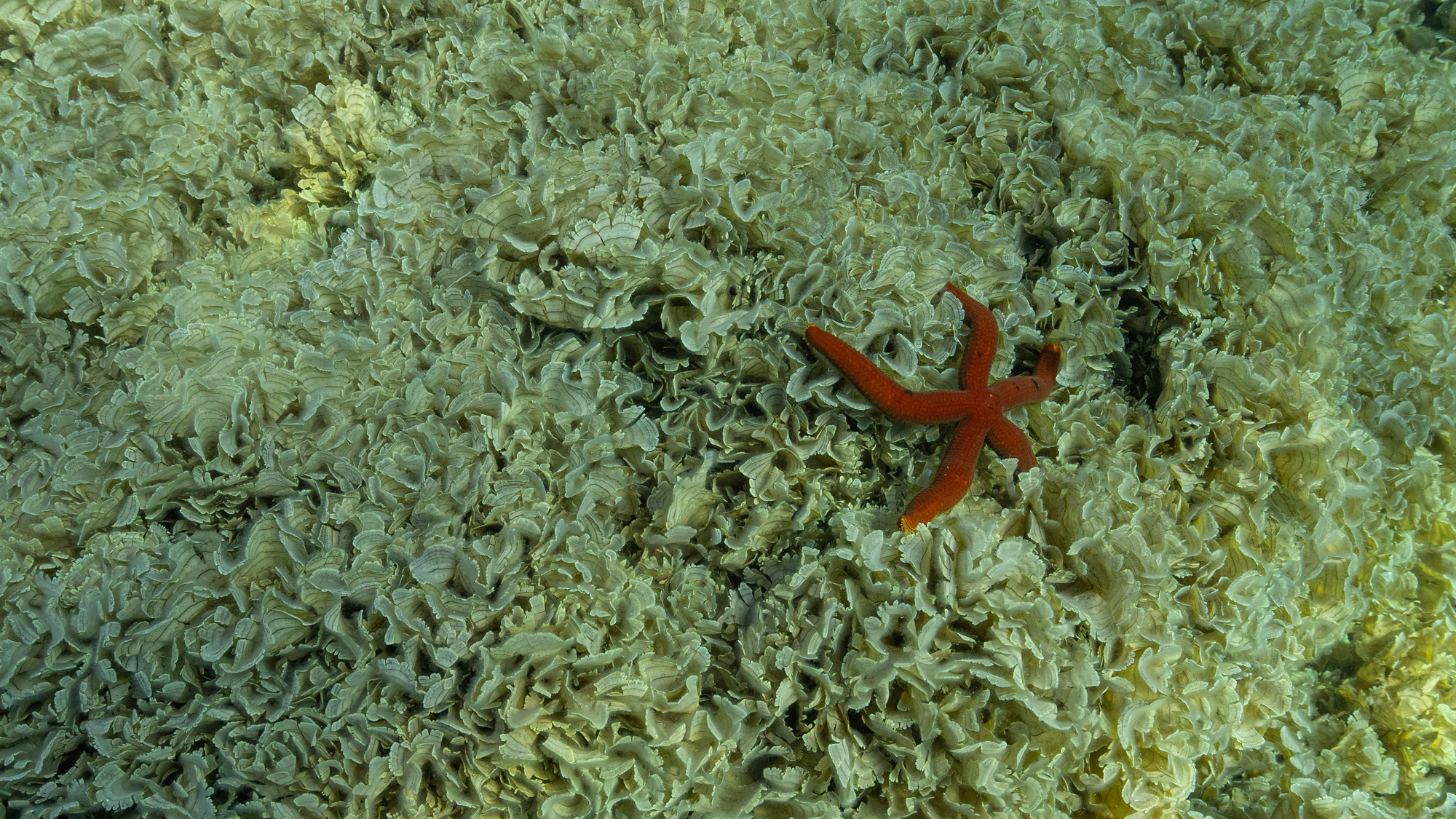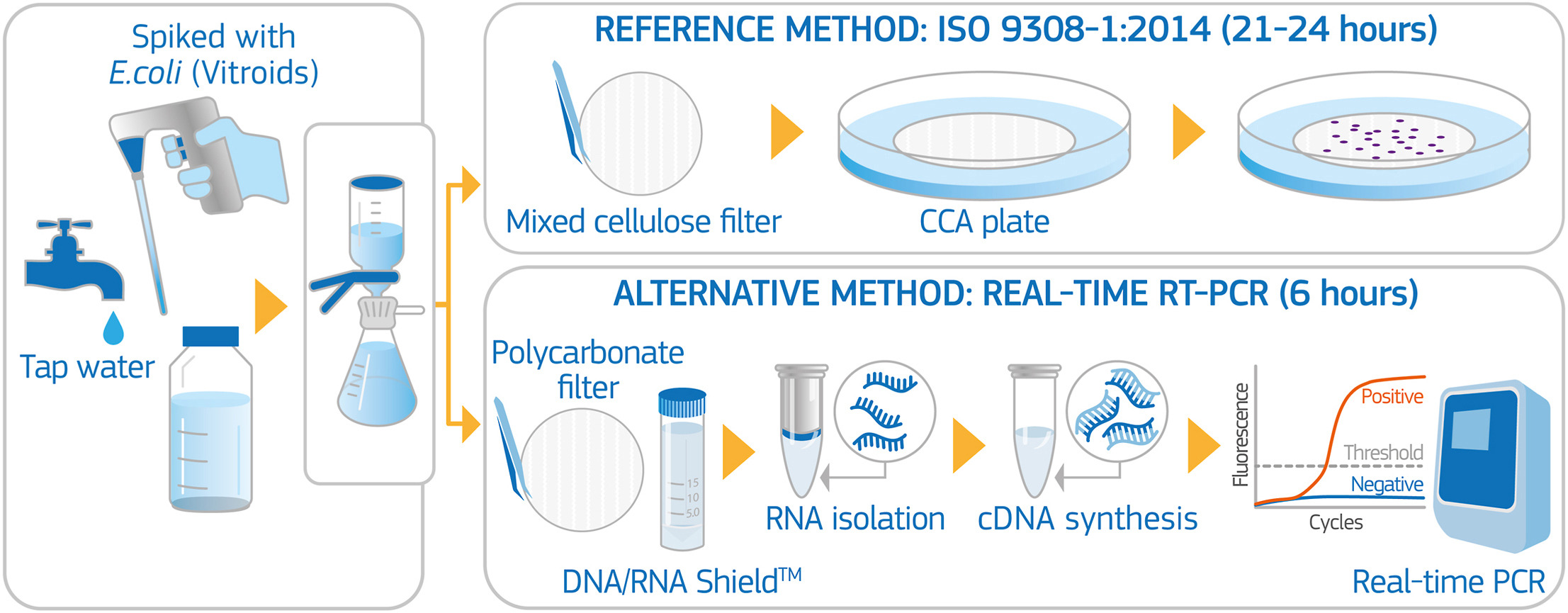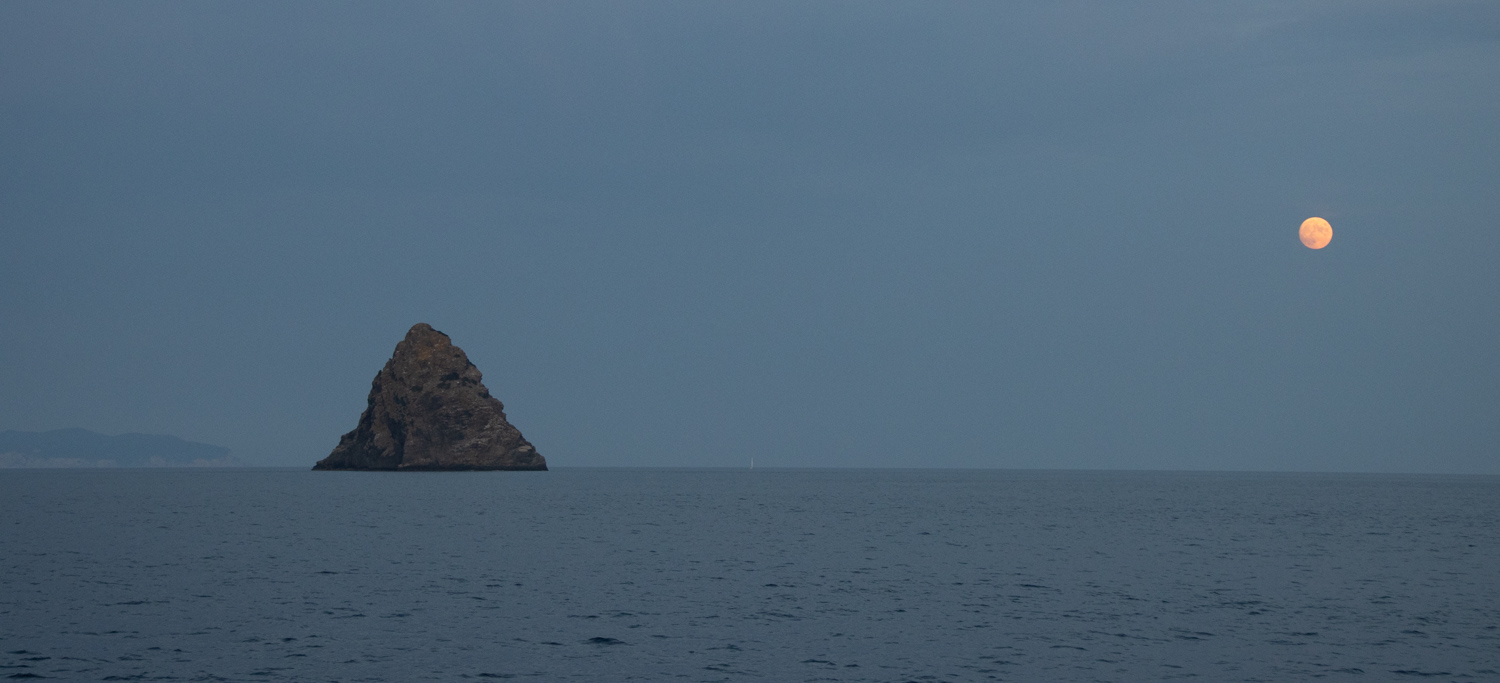The Adriatic coast is particularly prone to fire in summer, and the pyrogenic particles that reach the sea surface are also an important source of nutrients. During the study of the upper layer of the sea surface near the island of Prvić, the response of the plankton community to intense episodes of open fire was detected for the first time.
Each fire emits pyrogenic particles and aerosols into the air, which are released into the environment, including the sea surface, which can be hundreds of kilometers away from the burned area. These particles are a particularly important source of nutrients for areas where there are no other sources needed for primary and secondary production, such as in the central Adriatic, where nutrients are scarce.
Neuston, or planktonic organisms that live in the millimeter surface layer of the sea, are directly exposed to solar radiation and atmospheric influences, as well as rapid changes in environmental conditions.
“This boundary microlayer is the link between the ocean and the atmosphere and is important for the processes of exchange of matter and energy between the two environments. Neuston is the first to respond to atmospheric influences of different origins,” explains Ana Vrdoljak Tomaš, postdoctoral researcher at the Institute of Oceanography and Fisheries in Split.
In collaboration with Croatian institutions within the HRZZ project BiREADI IP-2018-01-3105 led by Sanja Frka Milosavljević from the Ruđer Bošković Institute, plankton densities of different metabolic strategies were measured for the first time in the surface layers of the sea along the island of Prvić together for half a year. The Adriatic Sea as a typical Mediterranean environment is ideal for conducting this type of research, as three intense fires were recorded during the measurements.
“Our study documents the great influence of open fires on neuston and underlines their response under extreme conditions,” said Dr. Vrdoljak Tomaš, author of a scientific article published in the prestigious journal Science of The Total Environment.
The frequency and severity of fires is expected to increase as a result of climate change, mainly due to prolonged dry periods, and therefore it is important to quickly identify and assess the impact of these extreme events on high-risk coastal areas.
Recently, the institute’s microbiology lab in Split has focused particularly on researching photoheterotrophic bacteria, as they have an additional way of harvesting energy from sunlight.
“Microorganisms, especially photoheterotrophic bacteria, which make up almost 30% of the prokaryotic population, were the first to respond to the significant supply of nutrient salts from the fire near Prvić Island, and high concentrations of chlorophyll were measured as an indicator of phytoplankton. Two weeks after the fire, high numbers of phytoplankton members were measured. The microorganisms studied, although invisible to the eye, are responsible for more than half of the oxygen production on Earth”, Vrdoljak Tomaš added
The microbial community in the surface layer of the ocean shows an extremely rapid response to changes in the marine environment, in this case related to fires. Together with the larger phytoplankton, it is an excellent indicator of changes in the marine ecosystem. This rapid response of the plankton community to intense episodes of open fires is an important guide to understanding the ecology of the marine environment.
Two laboratories of the Institute were involved in this project, the Microbiology Laboratory and the Plankton and Toxicity Laboratory. The processing of samples in the laboratory was also partially funded by the Foundation’s project UIP-2019-04-8401 ADRISAAF – Ecology of aerobic anoxygenic phototrophs in the Adriatic Sea, led by Danijela Šantić, from the IOR.
